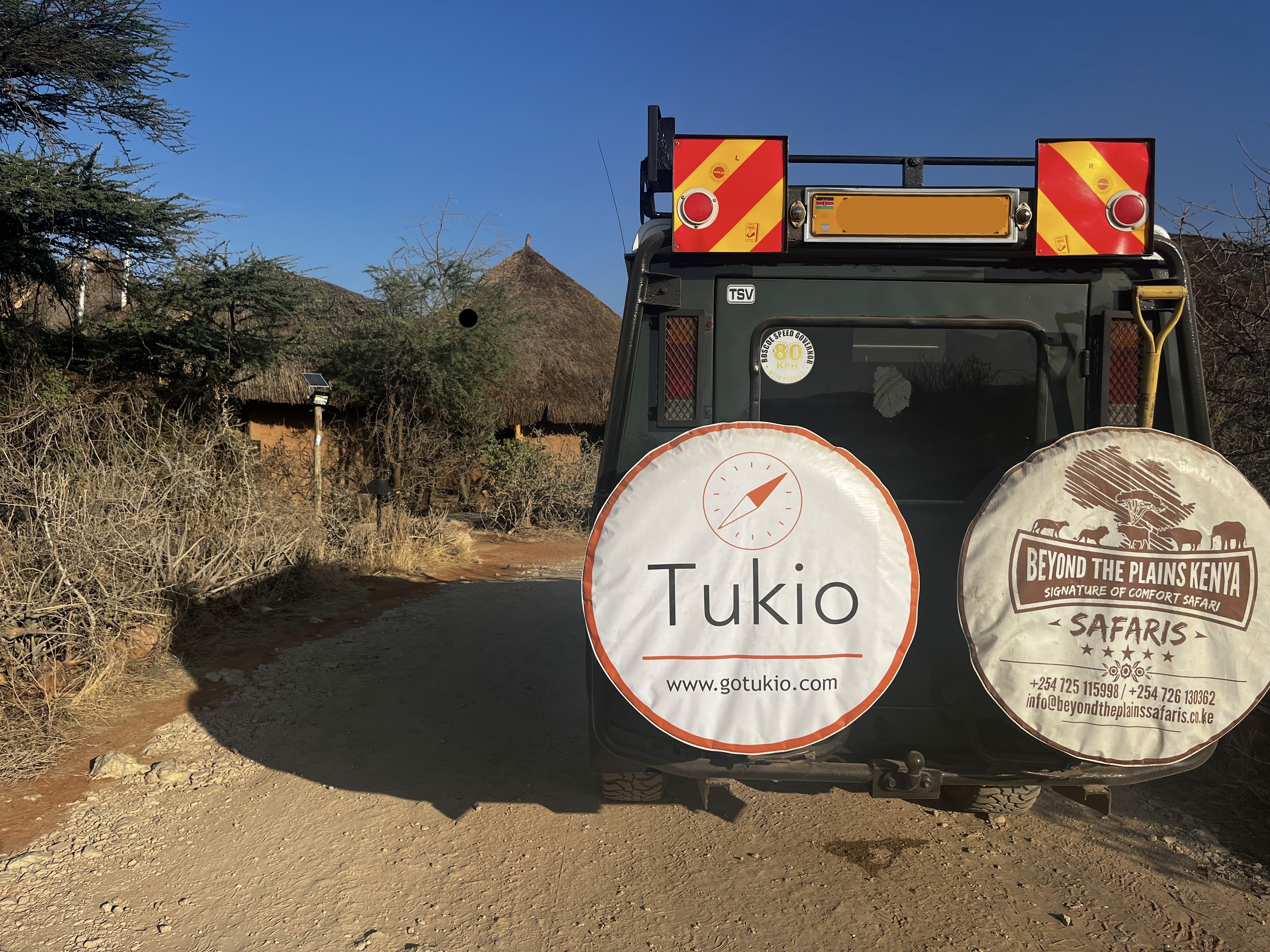When people think of Kenya, they imagine the vast savannahs, the roar of lions, and the beauty of the Great Migration.
But beyond the wildlife, Kenya’s greatest treasure lies in its people.

A land of more than 40 ethnic groups, each with its own traditions, language, and way of life, Kenya is a living mosaic of culture.
To truly understand this country, you must look beyond the safari jeep and into the heart of its tribes.
The Maasai: guardians of tradition
The image of the Maasai is iconic: tall, graceful warriors dressed in red shúkà, adorned with colorful beads that tell stories of age, bravery, and identity.
Living near the great parks of Maasai Mara and Amboseli, the Maasai have preserved much of their ancestral culture despite the waves of modernization.
Their deep connection with the land and wildlife is what makes the safari experience in Kenya so unique because, for them, the savannah isn’t just a destination; it’s home.
Meeting the Maasai is more than a cultural visit, it’s a lesson in resilience, balance, and pride.
When visiting a Maasai village, try to go for the more secluded ones that get less visitors for a more authentic experience.
The Samburu: elegance in the desert
Farther north, in the arid lands of Samburu County, lives a close relative of the Maasai, the Samburu people.
Known for their intricate beaded jewelry, striking attire, and strong community bonds, the Samburu maintain a semi-nomadic lifestyle centered around their cattle and other livestock.
Their dances, songs, and rituals reflect a deep harmony with nature and a hospitality that welcomes every traveler as kin.
Visit the Samburu villages and ask about their traditions, transitions to and from being warriors, and learn about how they build their villages and daily life.

The Kikuyu: Kenya’s agricultural heart
The Kikuyu are the largest ethnic group in Kenya, known for their deep connection to the fertile lands surrounding Mount Kenya.
Traditionally farmers, they value family, community, and hard work, principles that have made them central to Kenya’s modern development.
Many of Kenya’s leaders, entrepreneurs, and artists trace their roots to the Kikuyu, whose culture beautifully blends tradition with progress.
The Luo: people of the lake
To the west, along the shores of Lake Victoria, live the Luo, a proud and musical people whose heritage is tied to the water.
Known for their storytelling, fishing traditions, and rhythm-filled ceremonies, the Luo have played a major role in shaping Kenya’s cultural identity.
Fun fact: former U.S. President Barack Obama traces his family roots to the Luo community of western Kenya.
The Kisii: land of green hills and artisans
Nestled in the highlands of western Kenya, the Kisii are known for their lush landscapes and exceptional craftsmanship.
They are the creators of the famous Kisii soapstone carvings, delicate works of art found in galleries and homes around the world.
Visiting a Kisii workshop is a glimpse into patience, precision, and beauty shaped by hand and tradition.
The Turkana: cradle of humanity
Far north, in one of Kenya’s most remote regions, live the Turkana, a resilient, semi-nomadic people who inhabit an ancient land of desert and lake.
This region, around Lake Turkana, is known as the Cradle of Humankind, where some of the earliest fossils of Homo sapiens were discovered.
The Turkana live close to their ancestral customs, with an unbreakable bond to the desert’s rhythm and the waters that sustain them.
Meeting them feels like touching the roots of human history itself.
A note on the Swahili culture
While often mentioned alongside Kenya’s tribes, Swahili is not a tribe but a cultural identity, one that emerged from centuries of exchange along the East African coast.
It’s a blend of African, Arab, and Asian influences that gave birth to a rich coastal heritage and to Swahili, the language spoken widely across East Africa today.
You can experience and learn more about this culture in coastal towns like Lamu and Mombasa, where winding streets, carved doors, and the aroma of spices tell stories of trade, art, and connection.
The Swahili remind us that Kenya’s identity is not defined by borders or tribes, but by the flow of cultures, languages, and people that make it one of the most fascinating countries on Earth.
More than cultures, connections
Every encounter with Kenya’s tribes is an invitation to connect, to listen, to learn, and to understand.
It’s not about observation, but about exchange: stories, smiles, and shared humanity.
At Gotukio.com, we believe that travel is not just about places, it’s about people.
That’s why in our safaris and itineraries, you are invited to include authentic cultural encounters that support local communities and protect ancestral knowledge by selecting those unique activities.

Experience the soul of Kenya
Imagine walking with Maasai warriors at sunrise, learning beadwork from Samburu women, or listening to stories by the fireside in a Turkana village.
These are not just excursions, they are moments that stay with you long after your flight home.
Discover Kenya through its people, and you’ll discover Africa in its purest form.
🦒 Explore our itineraries → www.trip.gotukio.com
Because a true safari is not just about what you see, it’s about who you meet.






